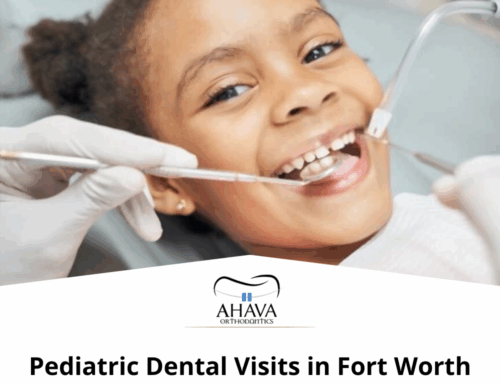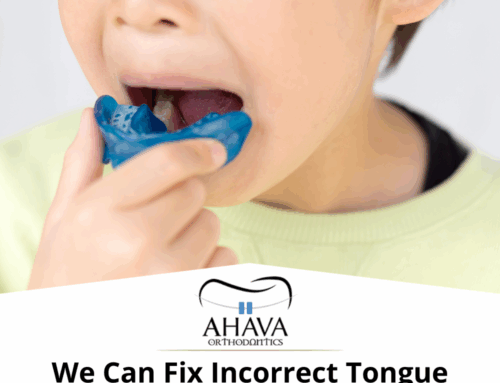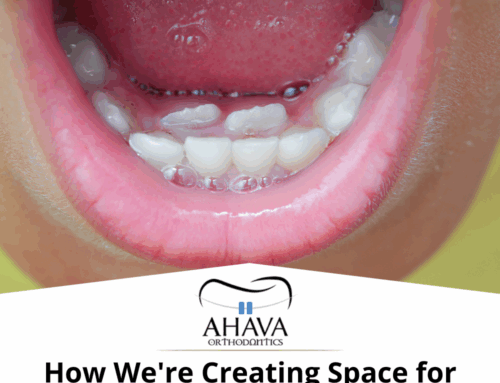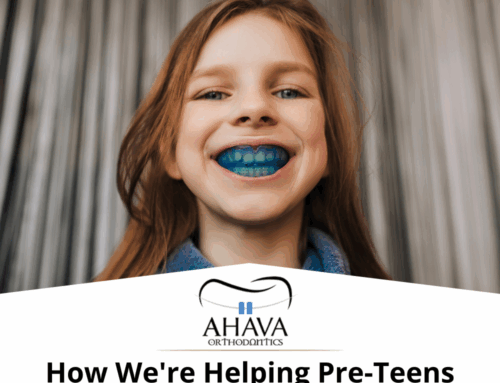Choosing the right orthodontic treatment for your child can feel overwhelming, especially when there are so many options available. Among the most discussed treatments today are traditional braces and the increasingly popular Myobrace system. While both work to align teeth and improve oral health, they do so in very different ways. Understanding these differences can help you decide which path is right for your child’s needs, development, and lifestyle.
The Purpose of Each Treatment
Traditional braces are a well-known and time-tested solution for correcting misaligned teeth, bite issues, and jaw problems. Metal or ceramic brackets are bonded to each tooth and connected with wires that are adjusted periodically to guide teeth into better alignment.
The Myobrace system, on the other hand, takes a preventive approach. Instead of correcting teeth after problems develop, it focuses on addressing the root causes of crooked teeth early on—like mouth breathing, incorrect tongue posture, and poor oral habits. Myobrace uses soft, removable appliances worn for a few hours during the day and overnight to guide natural jaw and dental development.
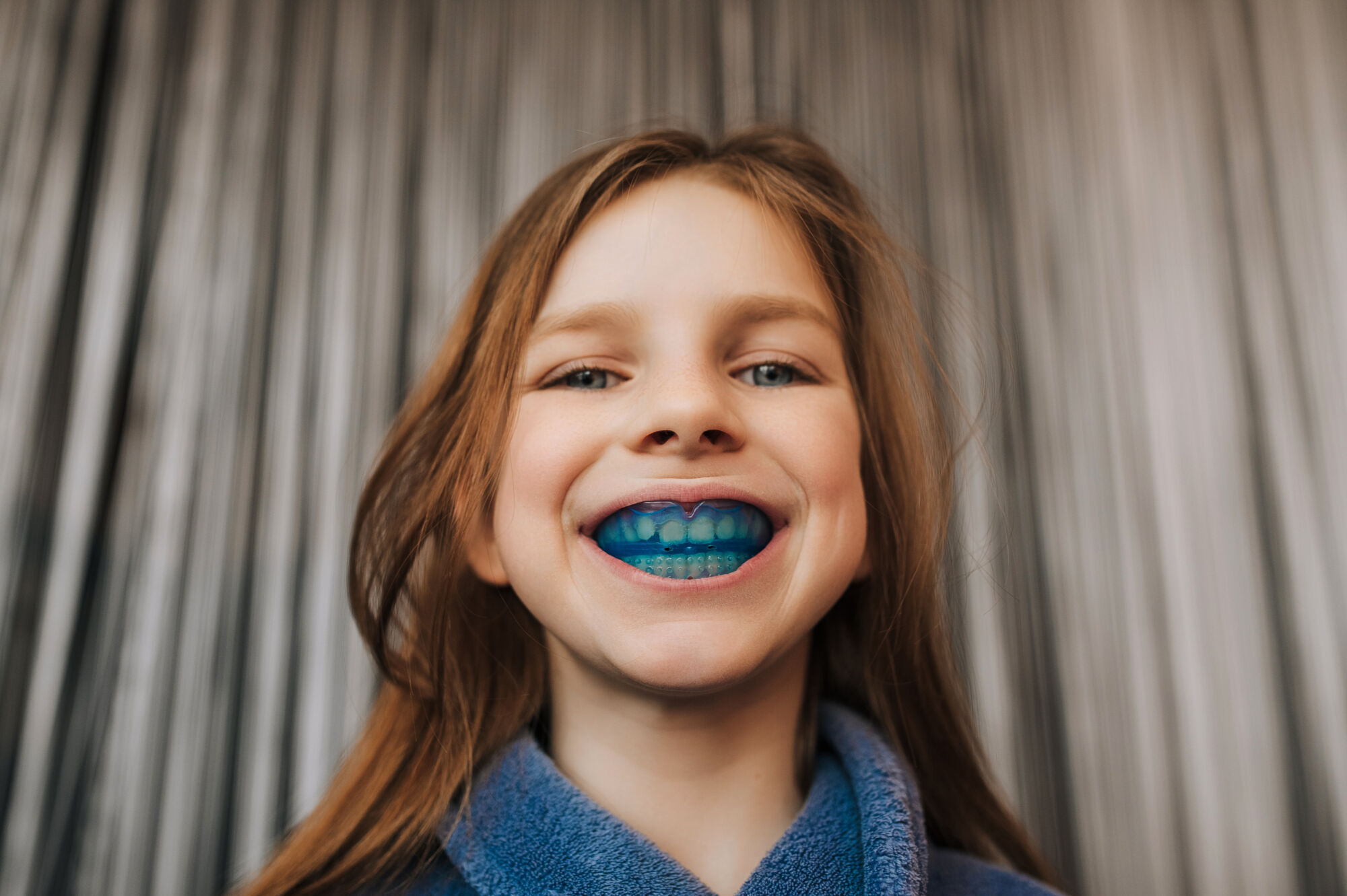
When to Start Treatment
Braces are typically applied once most or all permanent teeth have come in, usually between ages 10 and 14. By this stage, orthodontists can clearly identify crowding, spacing, overbites, underbites, and other alignment issues that need correction.
Myobrace, however, is designed for early intervention. Children as young as three can begin using the system, making it a suitable option for parents who want to get ahead of potential orthodontic problems. Because Myobrace works best when a child’s jaw is still growing, the earlier it’s used, the more effective it can be.
How Each Treatment Works
Traditional braces work through physical force. The brackets and wires apply constant pressure on the teeth, gradually shifting them into proper alignment over time. Appointments are required every few weeks for tightening and monitoring progress.
Myobrace appliances are not glued to the teeth and can be removed by the child. The focus isn’t just on the teeth but on guiding the muscles of the face and mouth to function correctly. It encourages nose breathing, proper tongue posture, and swallowing habits—core elements of healthy facial and dental development.
In addition to the appliances, Myobrace includes daily exercises known as Myobrace Activities. These exercises help reinforce new habits and improve breathing, posture, and oral muscle coordination.
Comfort and Maintenance
Braces, while effective, can be uncomfortable—especially after adjustments. They also require dietary changes (no sticky or hard foods) and come with the challenge of cleaning around brackets and wires. Children must be diligent about brushing and flossing to avoid staining and decay around the brackets.
Myobrace appliances are removable, making them easier to clean and more comfortable to wear. There’s no discomfort from wire tightening, and kids can eat and brush as they normally would. However, success with Myobrace depends heavily on the child’s compliance. If they don’t wear the appliance regularly and complete the exercises, the treatment may not be effective.
Treatment Goals and Results
Both treatments aim to create a healthy, functional, and beautiful smile, but they approach this goal differently.
Braces correct existing problems—moving teeth into alignment regardless of the underlying causes. The results are often dramatic, especially in cases of significant misalignment or bite issues.
Myobrace targets the causes before problems fully develop. Its goal is to ensure proper jaw development, reduce crowding, and help teeth come in naturally straight. This often results in less need for braces or even eliminates the need for them altogether.
For children with developing alignment problems, Myobrace can be a proactive solution. For those who already have moderate to severe misalignment, braces may still be the best choice.
Cost and Time Commitment
Costs for both treatments vary depending on the length and complexity of care. Braces usually range from $3,000 to $7,500, and treatment often lasts 18–36 months. Myobrace can be more affordable, especially if started early, and treatment often ranges from 12–24 months.
Time commitment also varies. Braces require regular orthodontic visits for adjustments and maintenance. Myobrace involves shorter, less frequent visits but requires daily compliance at home, both with appliance use and exercises.
Which One Is Right for Your Child?
Choosing between Myobrace and braces ultimately depends on your child’s age, needs, habits, and willingness to follow through with treatment.
Myobrace may be right if:
-
Your child is between the ages of 3 and 10
-
You want to correct oral habits and promote natural development
-
You’re looking to avoid or reduce the need for braces later
-
Your child is likely to wear the appliance consistently
Braces may be the better option if:
-
Your child is older and has permanent teeth
-
Significant alignment issues are already present
-
Fast, visible correction is a priority
-
Your child is less likely to follow a home-based treatment
Expert Orthodontic Guidance in Fort Worth
At Ahava Orthodontics, Drs. Andy and Shawne Barron provide expert evaluations to help you make the best choice for your child’s smile. Whether you’re considering early intervention with Myobrace or traditional braces, our team is here to guide you through every step with experience, compassion, and care.
Schedule a consultation today to learn which treatment path is best suited for your child—and give them a healthy smile that lasts a lifetime.

